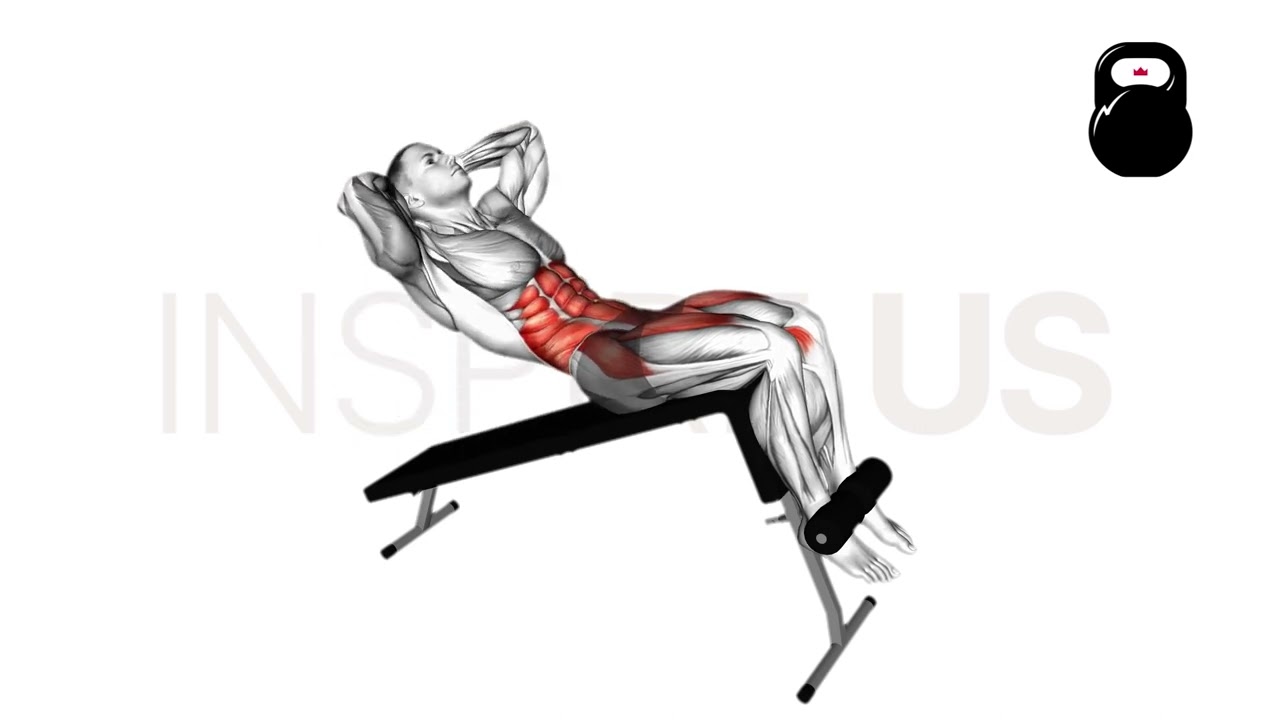Decline Sit Up: Benefits, Muscles Worked, and More
Decline sit-ups are considered to be far preferable to conventional sit-ups due to their markedly reduced impact on the lower back and greater range of motion. However, that doesn’t mean they aren’t without their faults, and proper form should always be followed.
Apart from featuring a larger range of motion and reduced lower back strain, decline sit-ups are also quite useful for advanced lifters who wish to load the exercise for greater progression.
What are Decline Sit-Ups?
Decline sit-ups are a core isolation movement primarily performed as a bodyweight-only exercise.
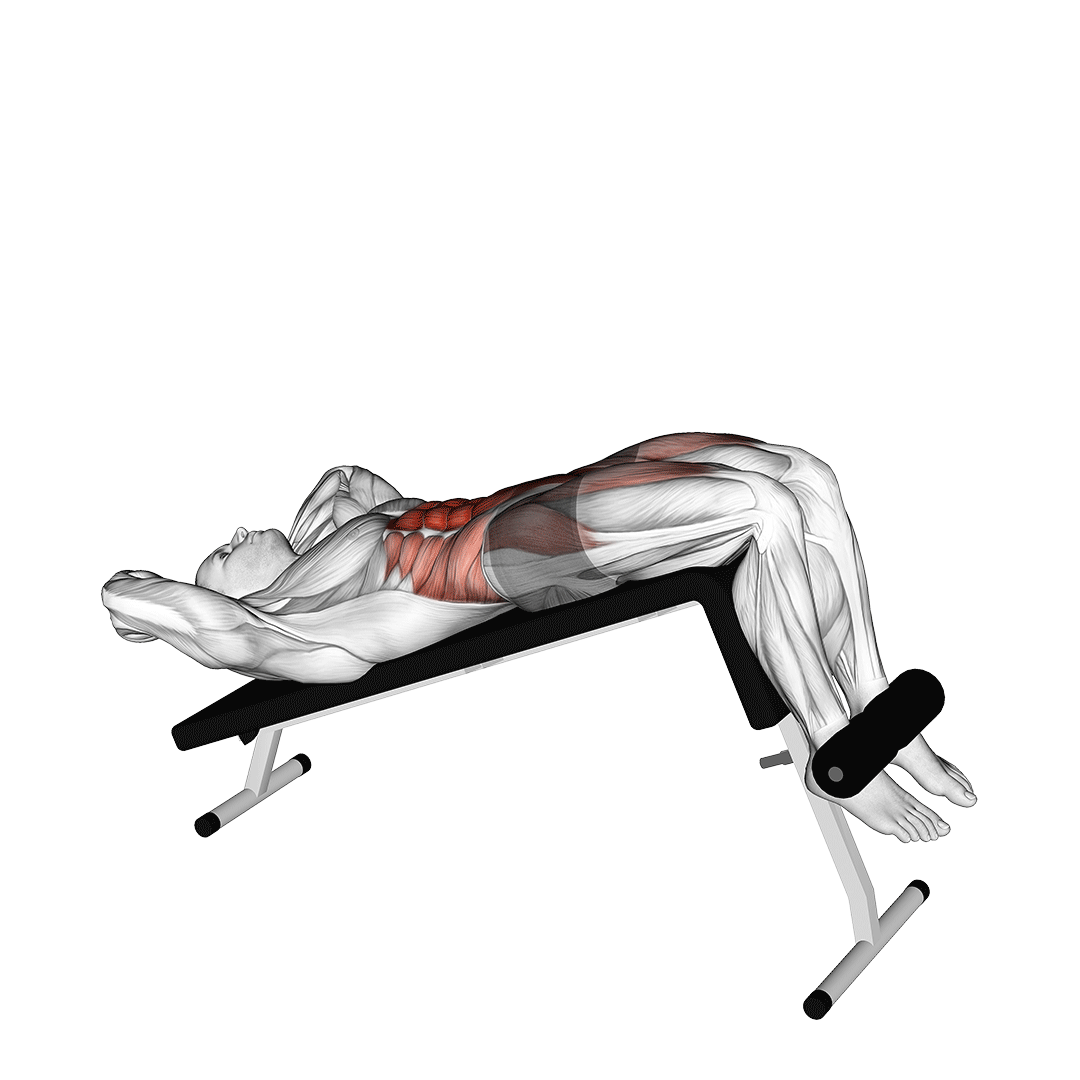
In actual practice, decline sit-ups are most often programmed to be an accessory movement near the end of a training session due to its highly isolated recruitment of the core and generally low intensity.
When done correctly, the decline sit-up can lead to stronger and more stable abdominal muscles, as well as greater core function as a whole.
Are Decline Sit-Ups Right for You?
Decline sit-ups are relatively simple to perform, and are suitable for the majority of healthy individuals. If you can do a full sit-up, it is likely you’ll be able to do a decline sit-up with some additional exertion.
However, individuals with a history of issues relating to their lower back, an untreated hernia or those that have been advised to avoid being in an inverted position should refrain from performing decline sit-ups. Speak to a medical professional prior to attempting them.
How to do a Decline Sit-Up
To perform a repetition of decline sit-ups, the exerciser will first lie atop a decline bench with their ankles locked into the pads, ensuring their glutes are flat along the bench and that the angle is not too steep.
From this position, the exerciser then contracts their core, places their hands behind their head for support and pulls their chest towards their legs. The lower back should remain neutral as this occurs, with the head aligned with the neck and the upper back curving as little as possible.
Once the chest is nearly touching the thighs, the exerciser then slowly reverses the motion - allowing their torso to fall back towards the bench while intentionally slowing their descent by squeezing their abs.
When lying flat along the decline bench once more, the sit-up is considered complete.
Throughout the entire repetition, the hip flexors should not be recruited, and any exertion felt in them may be a sign that the legs are too close together or the decline angle too steep.
Furthermore, aim to push the chest out while performing the concentric phase of the movement, as forward-rounding of the shoulders and back is a common (and dangerous) mistake seen in decline sit-ups.
Sets and Reps Recommendation
Decline sit-ups are relatively easy to perform unweighted, and should be only marginally more difficult than regular sit-ups.
For novices or those new to sit-ups, aim for 2-3 sets of 8-16 repetitions while at a moderate decline angle. If too easy, look into adding further resistance with a dumbbell or weight plates.
What Muscles do Decline Sit-Ups Work?
Decline sit-ups are an isolation exercise, meaning they only truly work a single muscle group in a dynamic manner.
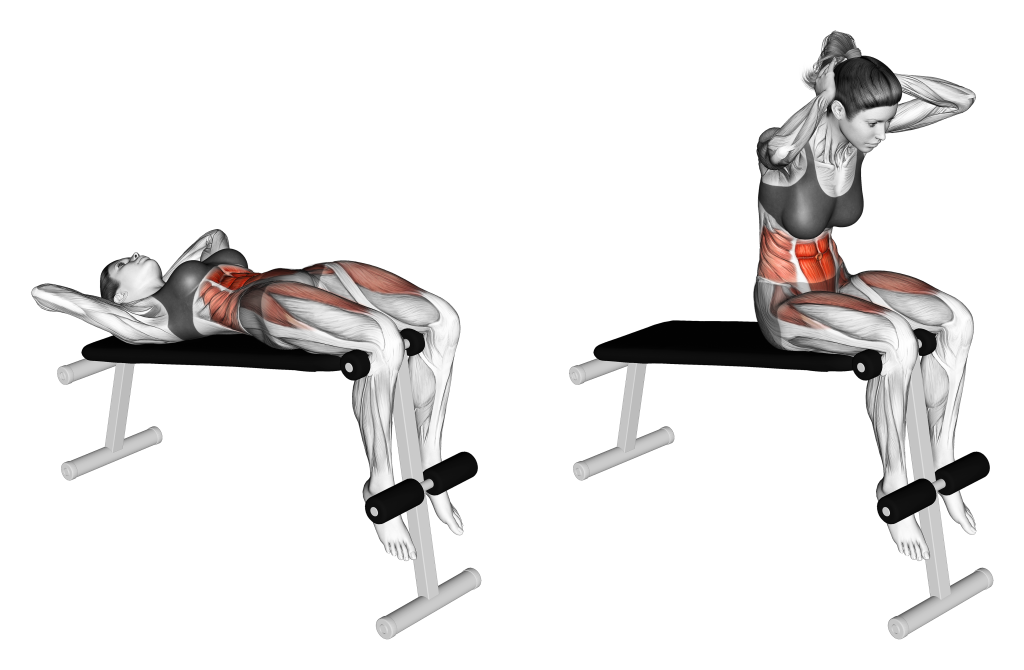
Of course, this muscle group is that of the core - including the abdominals, obliques, erector spinae and other lower back core muscles.
In particular however, the decline sit-up will work the rectus abdominis, transversus abdominis and the internal/external obliques.
What are the Benefits of Doing Decline Sit-Ups?
Decline sit-ups are so widely practiced among varying athletic disciplines due to the benefits they offer - the majority of which have to do with strengthening the abdominal muscles and reinforcing abdominal movement.
Excellent for Working the Anterior Core Muscles
Decline sit-ups target the abdominal muscles and obliques to a highly intense degree and, in the case of the abs, a large range of motion.
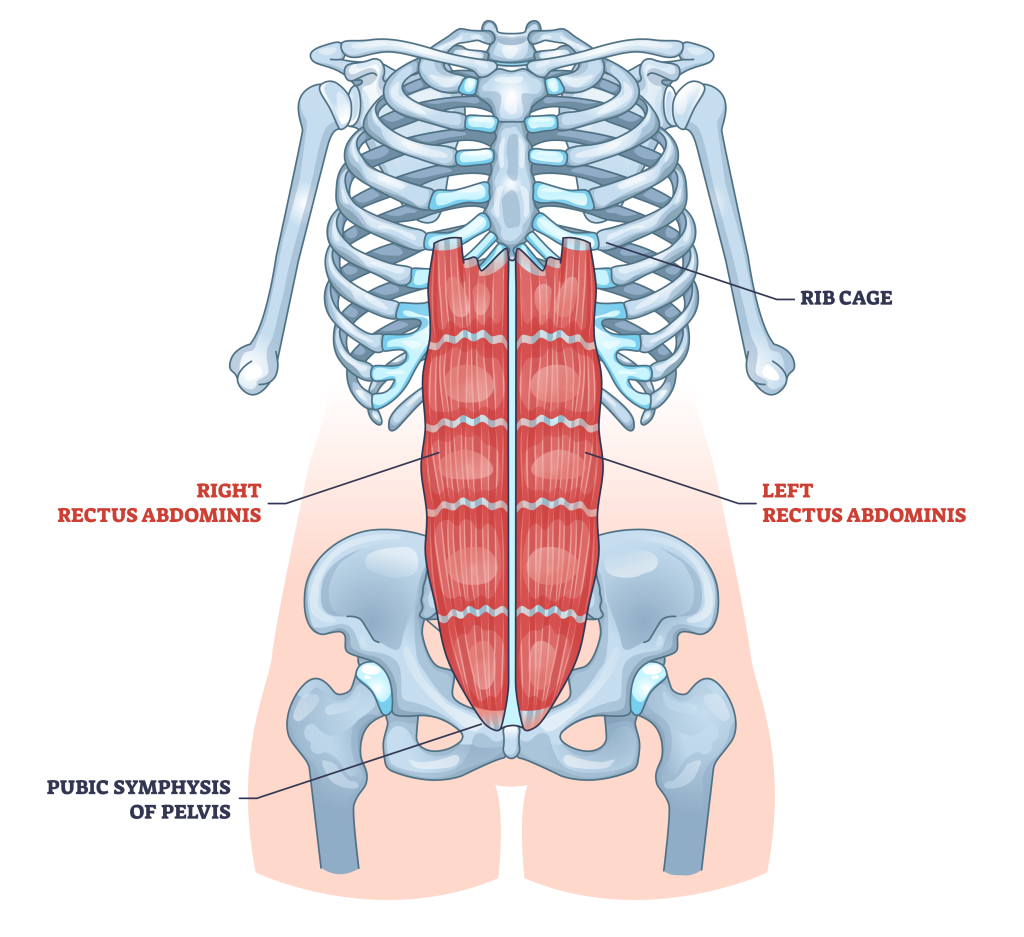
This makes them excellent for developing such muscles in isolation, maximizing core training volume and working them in a way that other exercises involving the core do not.
Decline sit-ups are comparable to exercises like the hanging leg raise or plank in terms of recruitment pattern, and present a far simpler and accessible set-up in comparison.
To get the most out of decline sit-ups, aim to keep the core consistently challenged with every single workout session. Increase volume over multiple sessions, adopt a more vertical angle or add resistance through free weights.
Builds Abdominal Strength, Stability and Endurance
With how effectively decline sit-ups can work the core, it's no surprise that the lifter will gradually develop a stronger, more stable and more enduring set of abdominal muscles.
In turn, the spine and lower back become less prone to injury as a result of this greater core strength, and exercises like the back squat or deadlift are also made somewhat easier due to the assistance of the core muscles.
Even outside of injury prevention and strength performance, stronger and more stable abs are essential for maintaining a correctly upright posture and even for day to day activities like sitting or standing.
Remember that the decline sit-up is primarily focused on the anterior or front side of the core, meaning that it should also be paired with a posterior focused isolation exercise for better development. Reverse sit-ups, good mornings and back extensions are great for this.
Can Help Correct Instability, Poor Posture or Lower Back Pain
Decline sit-ups (and other core isolation exercises) are occasionally used to correct issues like lower back pain, poor mid-back posture and general core instability - provided that the underlying issue is indeed simply weak musculature.
If you suffer from these issues, ensure that you consult a medical professional prior to attempting to rehabilitate the problem yourself. Many underlying causes of lower back pain or poor posture can in fact be worsened by decline sit-ups, rather than helped.
Allows for Loading, Variations and Modifications as Needed
The decline sit-up is of particular note for acting much like a “baseline” exercise where the exerciser is free to modify it to better meet their needs.
More advanced lifters can continue progressive overload by holding a dumbbell or weight plate to their chest, whereas those who wish to better target their obliques can add a twist so as to perform a decline oblique crunch.
Likewise, the exercise can also be modified by simply altering the angle with which the torso is at a decline, or otherwise by positioning the glutes further from the feet so as to reduce hip flexor involvement.
Comparatively More Effective and Safer Than Other Sit-Up Variations
Sit-ups have earned a bit of bad reputation in recent years due to the supposed risk of lower back injury they present.
While crunches offer a viable alternative for much the same workout, decline sit-ups are also an excellent option for those that wish to truly maximize their range of motion.
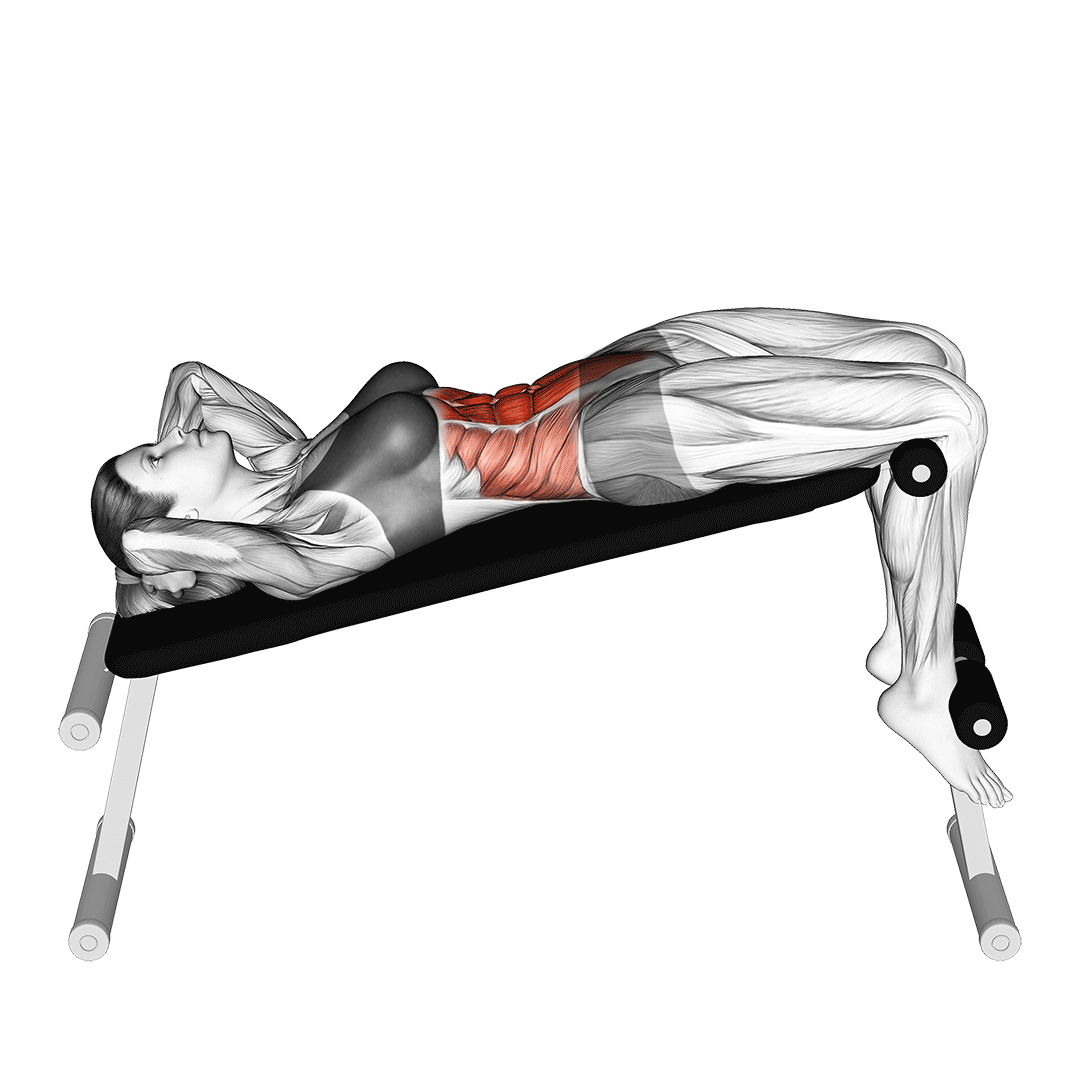
Of course, this isn’t to say that decline sit-ups are entirely safe as far as the lower back is concerned. Remember to still follow proper form and speak to a medical professional if you have a history of lower back injuries.
Common Decline Sit-Up Mistakes to Avoid
To ensure that the core is worked to its fullest extent, avoid the following common mistakes.
Hyperextension or Hyperflexion of the Back
In order to ensure the core is worked correctly and as little strain on the lower back is present, keep the lower back as neutral as possible.
Curving the lower back too far backwards or arching it excessively will both pull the lumbar section of the spine out of proper placement - and also stretch the lower back muscles to a disadvantageous length.
Aim to keep the lower back neutral by also keeping the hips at a neutral tilt as the core is braced. Tilting the top of the hips towards the anterior plane is an especially common mistake with decline sit-ups - and one that leads to much the same issues.
Failing to Support Neck or Pushing Head Forwards
Hand placement with sit-ups can get tricky as the head can benefit from extra support, but exercisers may unconsciously also be pushing their head forwards.
Either case will result in strain of the neck and its underlying cervical spine, potentially leading to discomfort of the neck and difficulty maintaining a balanced stance.
Decline sit-ups may be performed either with the chin tucked in and the hands crossed over the chest, or with the hands supporting the base of the skull but with additional attention paid to ensure the head is not being pushed forwards.
Relying on Hip Flexors to Lead Movement
It is important to remember that the decline sit-up is primarily an abdominal movement.
While the hip flexors will play some small role due to the position of the body, they are not meant to be the main source of force during the exercise.
Apart from failing to consciously contract the core, the hip flexors being overly-involved in a decline sit-up is often a sign of poor lower body positioning - or even that the bench is angled too steeply for the exerciser’s mobility.
Spread the legs with the knees slightly bent and aim to keep the glutes flat against the bench. This will reduce the involvement of the hip flexors.
Poor Tempo
Like with most other exercises, the decline sit-up is meant to be performed in a slow and controlled manner.
A controlled tempo is especially important during the eccentric phase of the movement, where the torso is slowly lowered back towards the bench. A slow and tense negative will allow the exerciser to reap the most benefit as far as core strength and stability goes.
Not only does performing the exercise too quickly make it less effective, but significantly greater shear force and other forms of joint strain will be present as momentum is absorbed through the body.
Aim to stretch out each repetition of the decline sit-up as long as 4-5 seconds, favoring the latter half of the rep as much as possible.
Insufficient Range of Motion
Unlike a crunch, sit-ups involve the exerciser going from a lying position to one where the chest is nearly touching the legs. The decline form of sit-up is no different, and must be performed throughout an entire range of motion in order to develop the core muscles correctly.
Failing to complete a full range of motion can (over the long term) lead to muscular imbalances and sticking points when performing other core exercises.
Ensure that each repetition starts and ends with the back lying atop the bench, and that the torso is raised as high as possible during the peak of the repetition.
Alternatives and Variations of the Decline Sit-Up
If you’re searching for an exercise like the decline sit-up but without the same disadvantages, try the following alternative core exercises out.
Hanging Leg Raises
Hanging leg raises are an abdominal exercise where the performer suspends themselves from pull-up bars or parallel bars before raising their legs towards their chest.
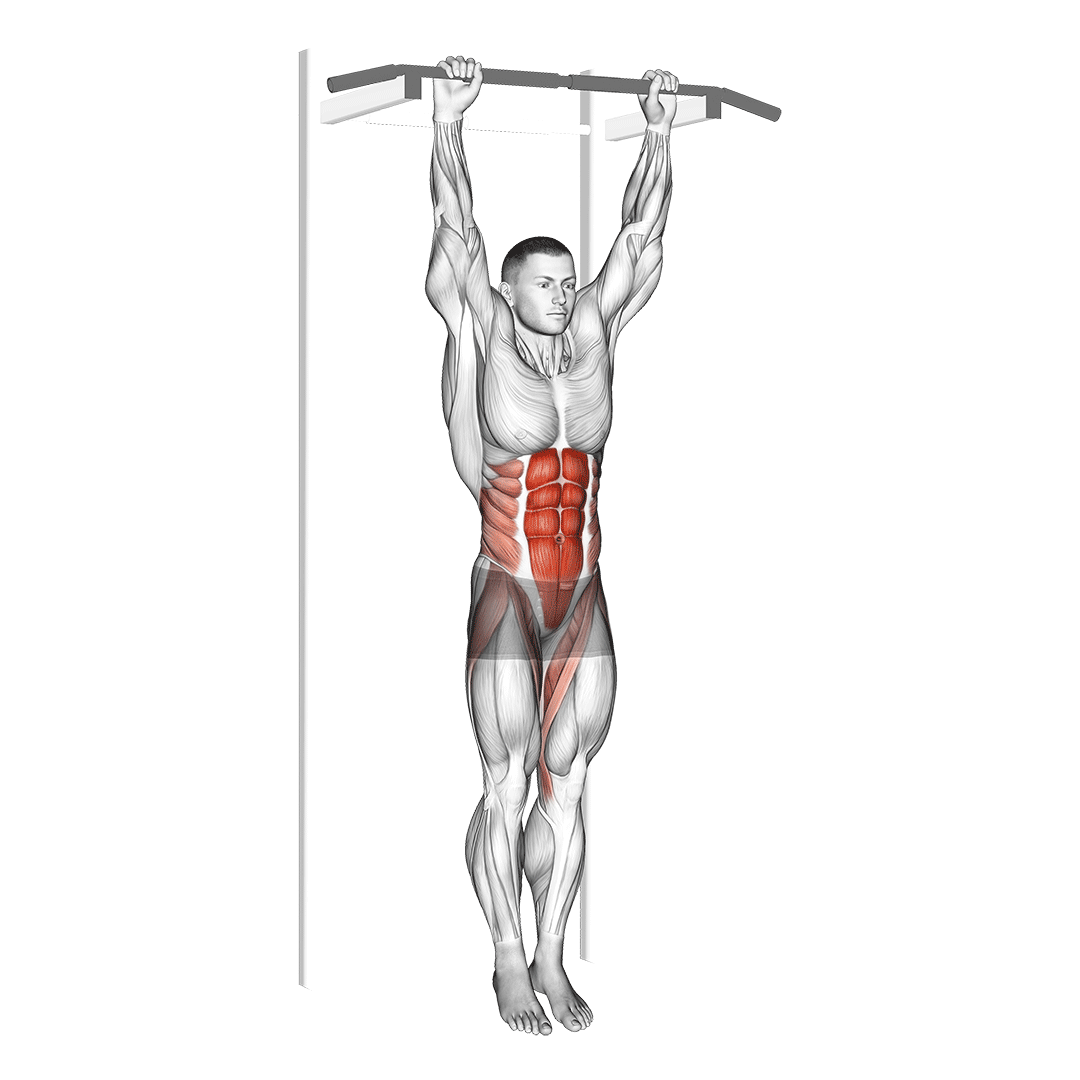
Like decline sit-ups, hanging leg raises target the entirety of the core in a large range of motion.
However, unlike the former, hanging leg raises feature significantly lower risk of injury, greater isometric contraction of the obliques and do not place the exerciser in an inverted position.
Reverse Crunches
Reverse crunches are a bodyweight core exercise involving the exerciser lying flat on their back and raising their entire lower body into the air using their abdominal muscles.
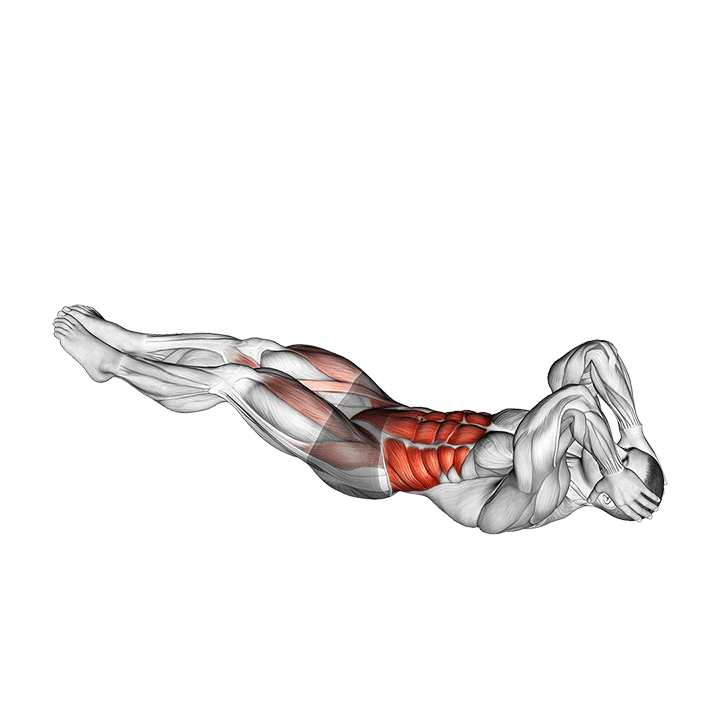
If no decline bench is available for decline sit-ups, performing reverse crunches instead can be a more viable alternative than defaulting to conventional sit-ups. Not only will doing so save your lower back, but greater emphasis on the lower section of the abdomen will also be a benefit.
Machine Abdominal Crunches
For a similar loading capacity and movement pattern to decline sit-ups, the machine seated crunch is an excellent substitute exercise.
Although the body is not oriented at a decline, the majority of crunch machine brands feature a similar range of motion with the added benefit of support along the back and head.
Those who have difficulty with neck or upper back curvature during decline sit-ups can make use of this alternative to help protect their spine.
Likewise, lifters who wish to also load their crunches/sit-ups but dislike holding free weights on a decline bench can instead use the crunch machine for the same purpose.
Frequently Asked Questions (FAQ)
Are Decline Sit-Ups Better?
In certain aspects, yes.
Decline sit-ups can indeed be better than other kinds of sit-up - so long as they are performed with proper technique and a suitable warm-up is followed.
Why are Decline Sit-Ups So Hard?
Decline sit-ups are harder than regular sit-ups as they involve a larger range of motion, causing the core muscles to work over a longer period and at lengths they may not be accustomed to.
Decline sit-ups may also be more difficult as they lock the lower body into place, meaning that exercisers who normally cheat their regular sit-up repetitions are unable to do so.
Do Decline Sit-Ups Work Upper or Lower Abs?
Decline sit-ups work both the upper and lower abs, but will emphasize the upper section ever so slightly more.
Overall, the difference is negligible, and decline sit-ups should not necessarily be considered a strictly “upper” or “lower” abdominal exercise, considering the entire muscle group contracts simultaneously.
References
1. N.A. (N.D.) “Weighted Decline Sit-up” ExRX Exercise Prescription on Internet. Retrieved from: https://exrx.net/WeightExercises/HipFlexors/WtDeclineSitup on October 31, 2023
2. Guimaraes AC, Vaz MA, De Campos MI, et al.: The contribution of the rectus abdominis and rectus femoris in twelve selected abdominal exercises. An electromyographic study. J Sports Med Phys Fitness, 1991, 31: 222–230.
3. Kim K, Lee T. Comparison of muscular activities in the abdomen and lower limbs while performing sit-up and leg-raise. J Phys Ther Sci. 2016 Jan;28(2):491-4. doi: 10.1589/jpts.28.491. Epub 2016 Feb 29. PMID: 27065536; PMCID: PMC4792997.

